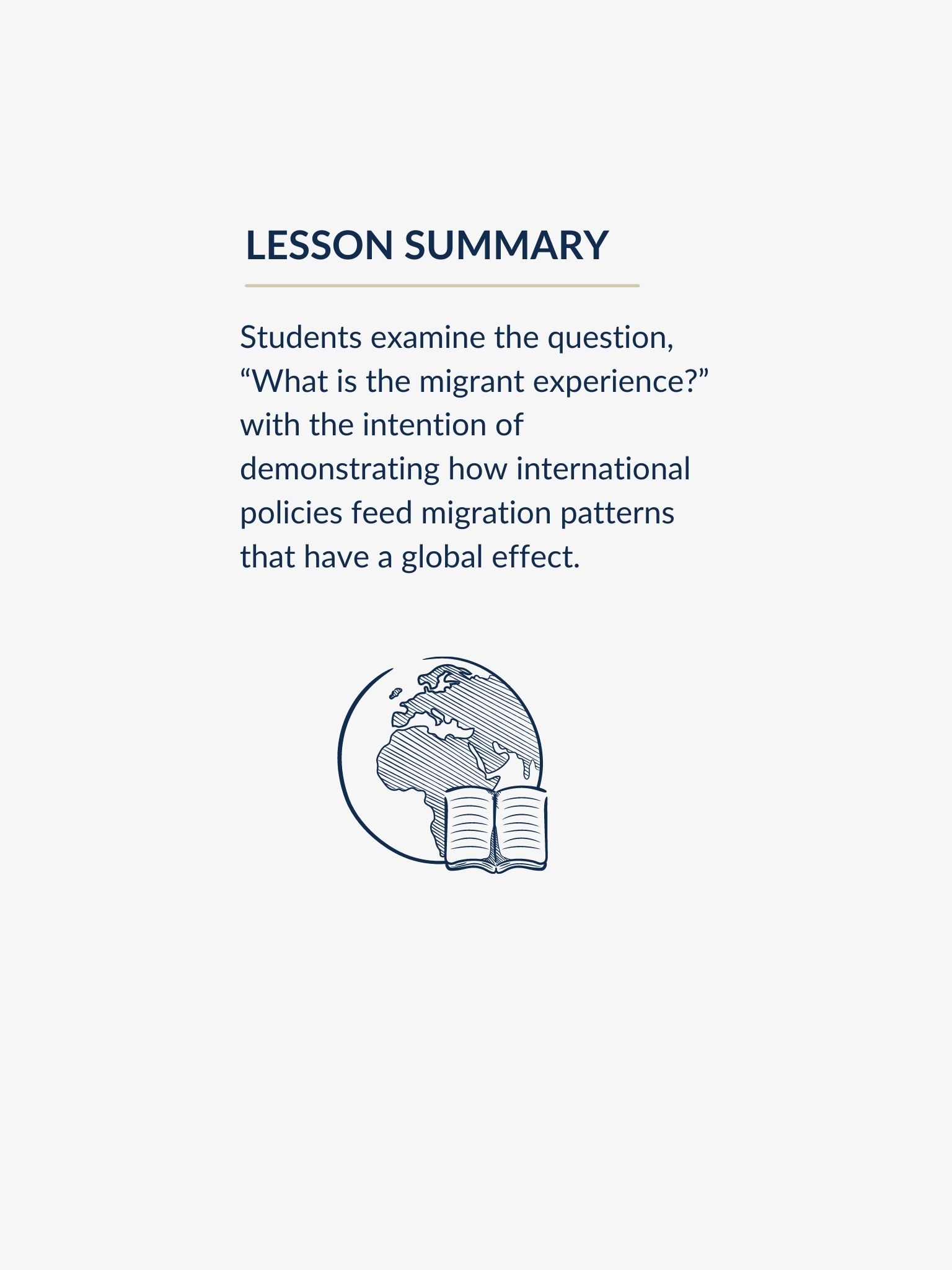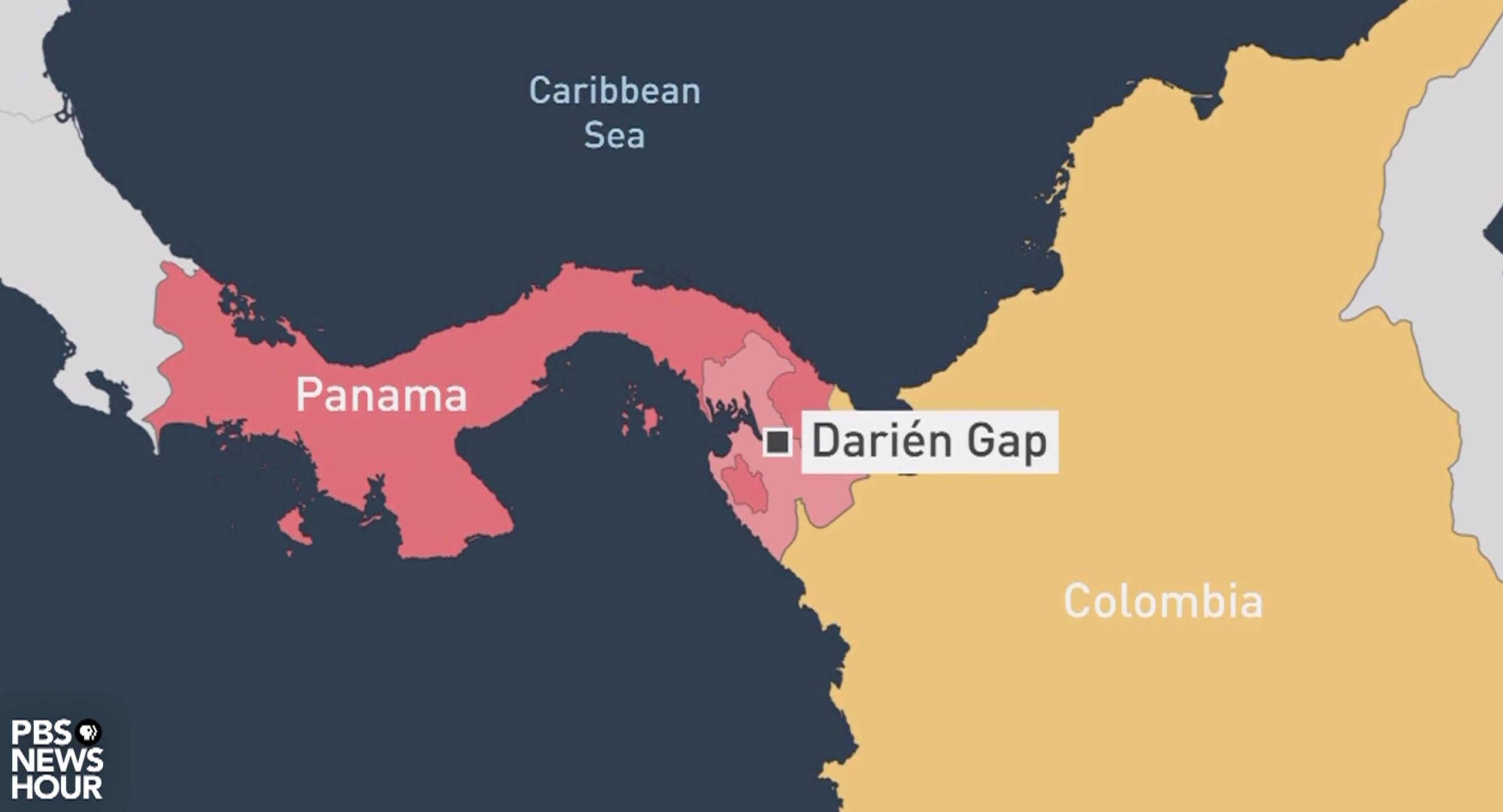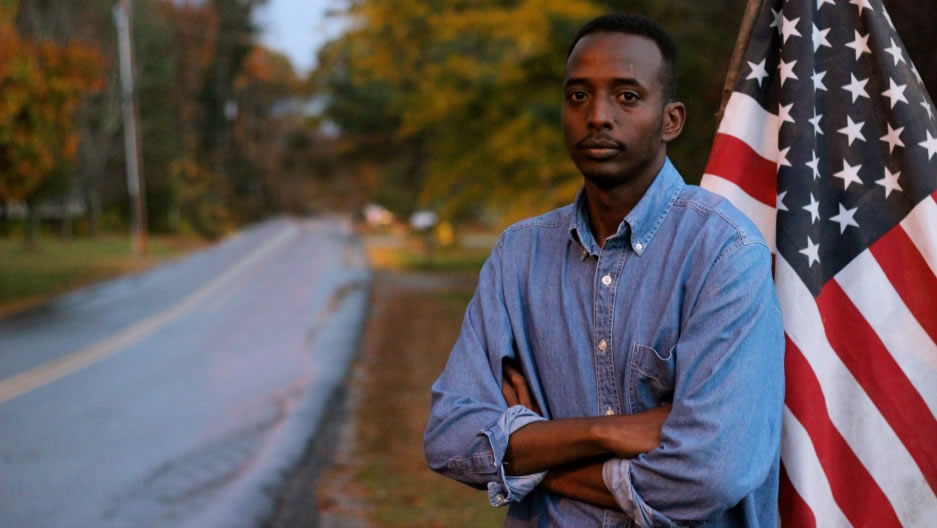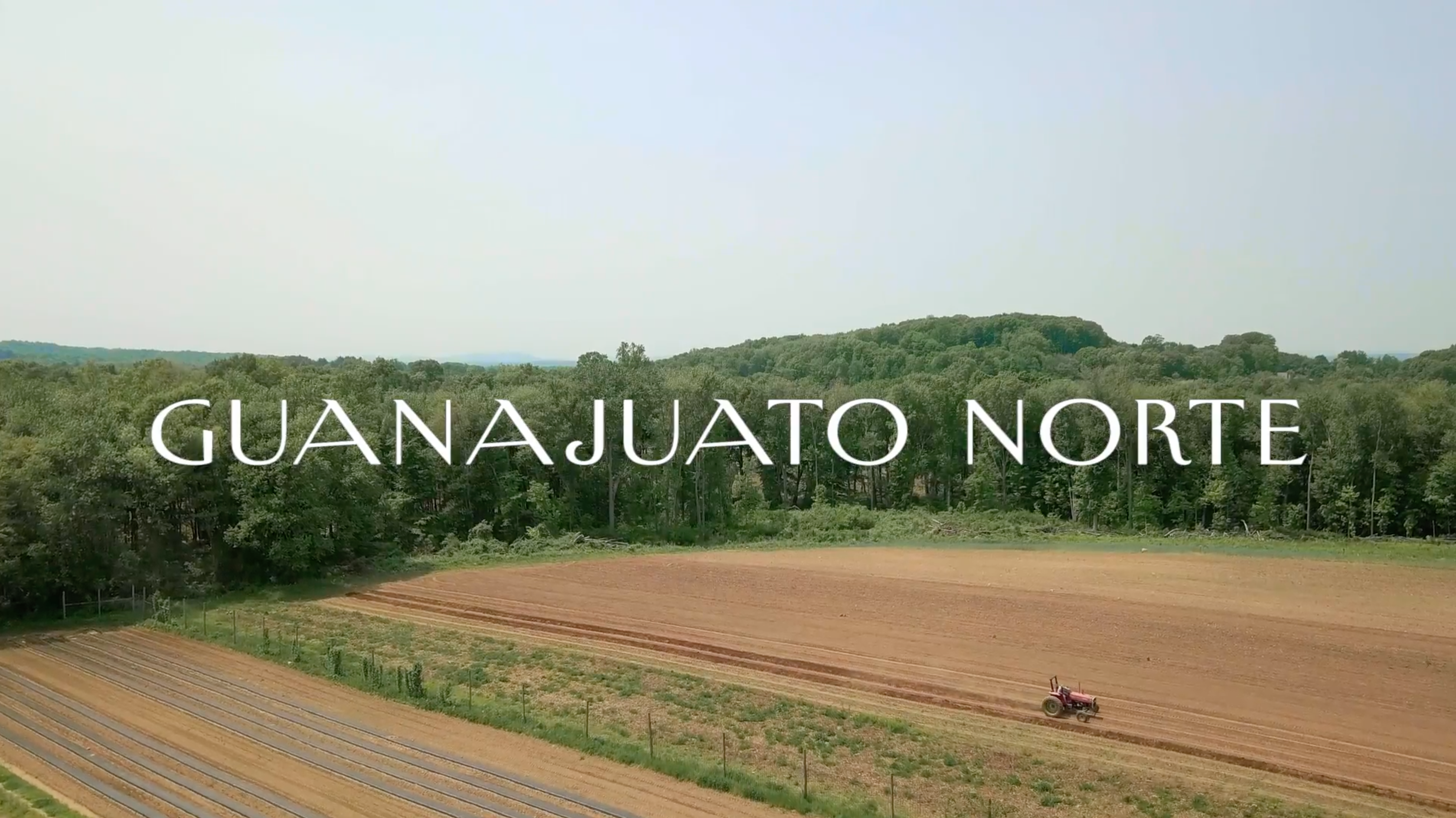This unit was created by Keysiah Middleton, a history teacher with the School District of Philadelphia, as part of the spring 2021 Pulitzer Center Teacher Fellowship program on Stories of Migration. It is designed for facilitation across approximately three 75–90 minute live or virtual class periods.
For more units created by Pulitzer Center Teacher Fellows in this cohort, click here.
Essential Questions:
- What is the difference between the terms migrant, immigrant, and refugee?
- Why are so many people from countries in Africa, Latin America, and Asia traveling through Central America to reach the United States?
- Has the African and Caribbean story been eliminated from the migration and immigration narrative? If so, why?
- How do migrants enter the United States? How easy/difficult do you think it is for migrants to enter the United States, and why?
- How have the immigration and asylum policies of the United States affected migration?
Unit Overview:
In this mini-unit, high school students examine the question, “What is the migrant experience?” with the intention of demonstrating how international policies feed migration patterns that have a global effect.
“The Migrant Experience” mini-unit contains three (3) lessons. Each lesson is designed for approximately 90-minute class periods to be taught over a period of two or three weeks using 7 Step Lesson Plans - Do Now, Direct Instruction, Guided Practice, Independent Practice, Closure, Exit Ticket, and Homework - as well as media literacy resources and technological educational tools. The unit has been devised to be implemented in the traditional classroom setting or with the virtual classroom in mind.
Lesson 1 introduces the unit goals and key vocabulary. It also guides students in engaging their background knowledge to evaluate who is migrating and students’ connections to stories of migration. In Lesson 2, students examine news articles that highlight the stories of people who are making the sometimes precarious migration to America and analyze the conditions that create the newly increased levels of migration to the United States via the Northern Triangle. Students survey the sojourn routes taken and contemplate what a migrant may endure along their migration journey. Lesson 3 goes into more details of the migration journey through analysis of news stories, and helps students make a national and global connection using Jacob Lawrence’s “Migration Series.” In attempting to answer the essential questions, students will implement research methods to uncover the information that encourages people to migrate from their home countries to completely different, and oftentimes hostile, new environments. Students will probe the who, what, when, where, why, and how questions of migration. Students can also examine the economic, social, political, cultural, and natural aspects of what causes people to leave their countries. Each lesson builds on one another to lay the foundation for the Culminating Exercise of a photo essay to be created using educational technology.
The unit will utilize the reporting of Nadja Drost, Bruno Frederico, and Nick Schifrin. Reporting explored in this unit, all of which was supported by the Pulitzer Center, document how migrants are taking the dangerous trek into the Panamanian jungle through the Darien Gap in hopes of making it to the American border. The reporting explores where many migrants meet hardships or death in the Amazon, and how migrants fortunate enough to make it through the Darien Gap often get stuck at the U.S-Mexican border. This is reminiscent of the West African migrants who migrated through the Saharan desert in an attempt to make it to Europe, only to get stuck in Spanish border cities like Ceuta or Melilla. Students will practice the skills of analyzing text, comparing and contrasting, participating in collaborative dialogue and discussion, utilizing digital media, publishing written products, developing vocabulary, conducting interviews, researching print material, delivering presentations, engaging in cooperative lesson activities, and producing a topic-related culminating exercise. Utilizing a multitude of media literacy resources, my goal is to create a mini-unit that teaches students to analyze the migrant, immigrant, or refugee experience, and to develop a better understanding of that experience.
For the culminating exercise, students will use Jacob Lawrence’s “Migration Series” as a template to create a photo essay that describes a story of a person who is migrating, immigrating, or seeking asylum as a refugee. Students will conduct research using trusted internet sources, magazines, newspapers, etc. They will then use a rubric to guide them in creating the photographic essay. Each photo must explain part of the migration experience. Each photo must contain a caption that explains the photo. Students can also add a video describing the pieces. Students can use Google Slides, Canva, Thinglink, Powerpoint, or appropriate social media applications to produce their final pieces.
Three-lesson unit plan, including warm-ups, texts and video resources, discussion questions, activities, graphic organizers for each day of instruction, and performance tasks for the unit.
Summative Assessments:
For the culminating exercise, students will use Jacob Lawrence’s “Migration Series” as a template to create a photo essay that describes a story of a person who is migrating, immigrating, or seeking asylum as a refugee. Students will conduct research using trusted internet sources, magazines, newspapers, etc. They will then use a rubric to guide them in creating the photographic essay. Each photo must explain part of the migration experience. Each photo must contain a caption that explains the photo. Students can also add a video describing the pieces. Students can use Google Slides, Canva, Thinglink, PowerPoint, or appropriate social media applications to produce their final pieces.
To achieve the goals intended and practice the academic skills, students will engage with assorted print media materials (i.e, magazine articles, news reports, and books), videos, internet search engines, digital educational tools, an assorted array of graphic organizers and worksheets. The tools to be utilized to assess formative and summative performance tasks for the unit include various writing prompts, cooperative group work, Socratic Seminar, presentations, and a culminating photo essay.
Formative Assessments:
- Students will fill out daily warm-up responses and exit tickets.
- Students conduct research about their own families’ histories of migration.
Common Core Standards:
- CC.1.2.9-10.B: Cite strong and thorough textual evidence to support analysis of what the text says explicitly, as well as inferences and conclusions based on an author’s explicit assumptions and beliefs about a subject.
- CC.1.2.9-10.C: Apply appropriate strategies to analyze, interpret, and evaluate how an author unfolds an analysis or series of ideas, events, including the order in which the points are made, how they are introduced and developed, and the connections that are drawn between them.
- CC.1.2.9–10.E: Analyze in detail how an author’s ideas or claims are developed and refined by particular sentences, paragraphs, or larger portions of a text.
- CC.1.2.9-10.F: Students will analyze how words and phrases shape meaning and tone in texts.
- CC.1.2.9-10.G: Students will analyze various accounts of a subject told in different mediums to determine which details are emphasized in each account.
- CC.1.2.9–10.H: Delineate and evaluate the argument and specific claims in a text, assessing the validity of reasoning and relevance of evidence.
- CC.1.4.9-10.U: Students will use technology, including the Internet, to produce, publish, and update individual or shared writing products, taking advantage of technology’s capacity to link to other information and to display information flexibly and dynamically.
- CC.1.5.9-10.A: Students will initiate and participate effectively in a large range of collaborative discussions on grade-level topics, texts, and issues, building on others’ ideas and expressing their own clearly and persuasively.
- CC.1.5.9–10.D: Present information, findings, and supporting evidence clearly, concisely, and logically such that listeners can follow the line of reasoning; ensure that the presentation is appropriate to purpose, audience, and task.
- CC.1.5.9-10.F: Students will make strategic use of digital media in presentations to add interest and enhance understanding of findings, reasoning, and evidence.















